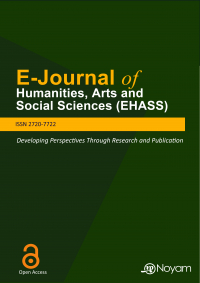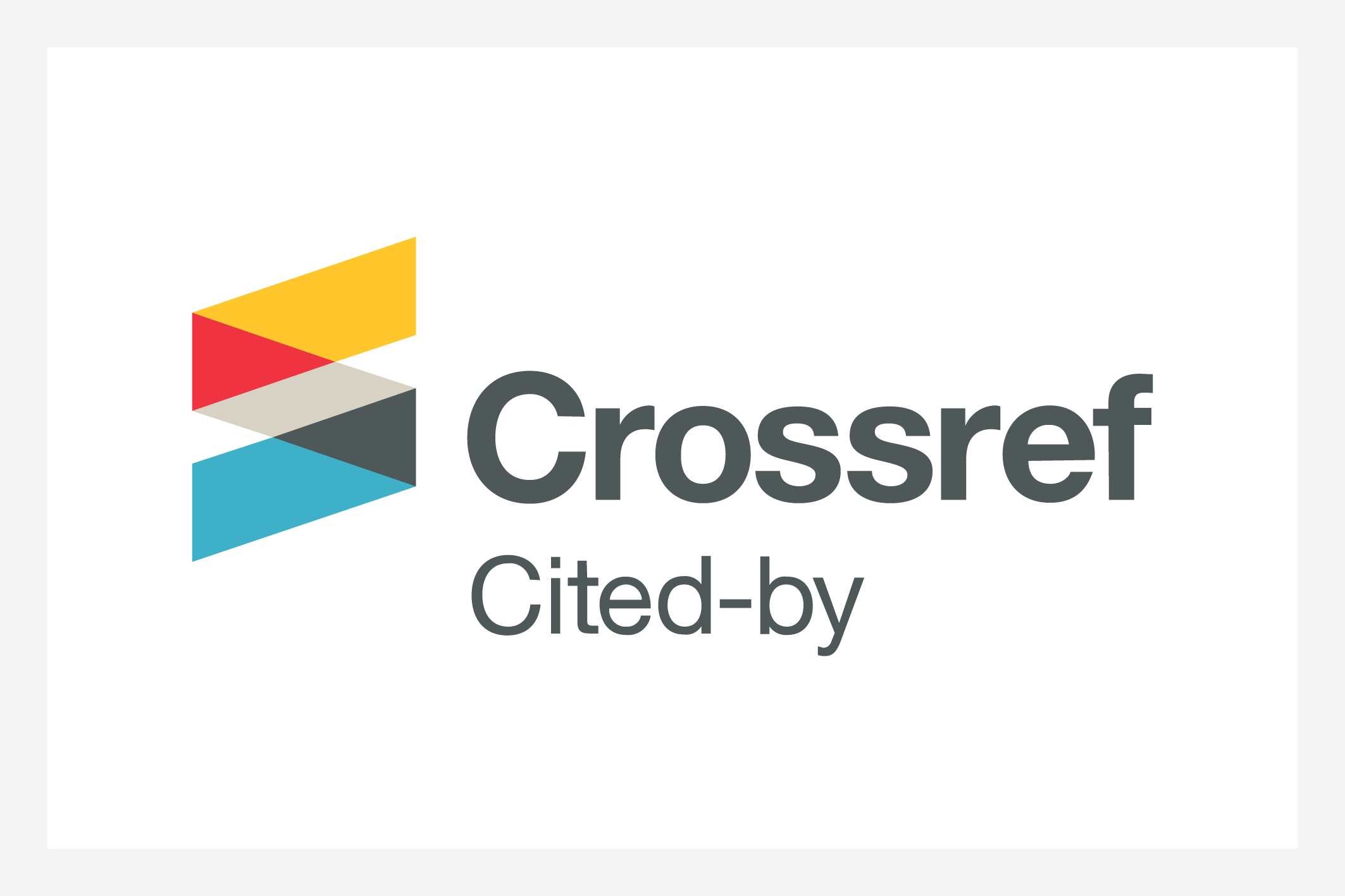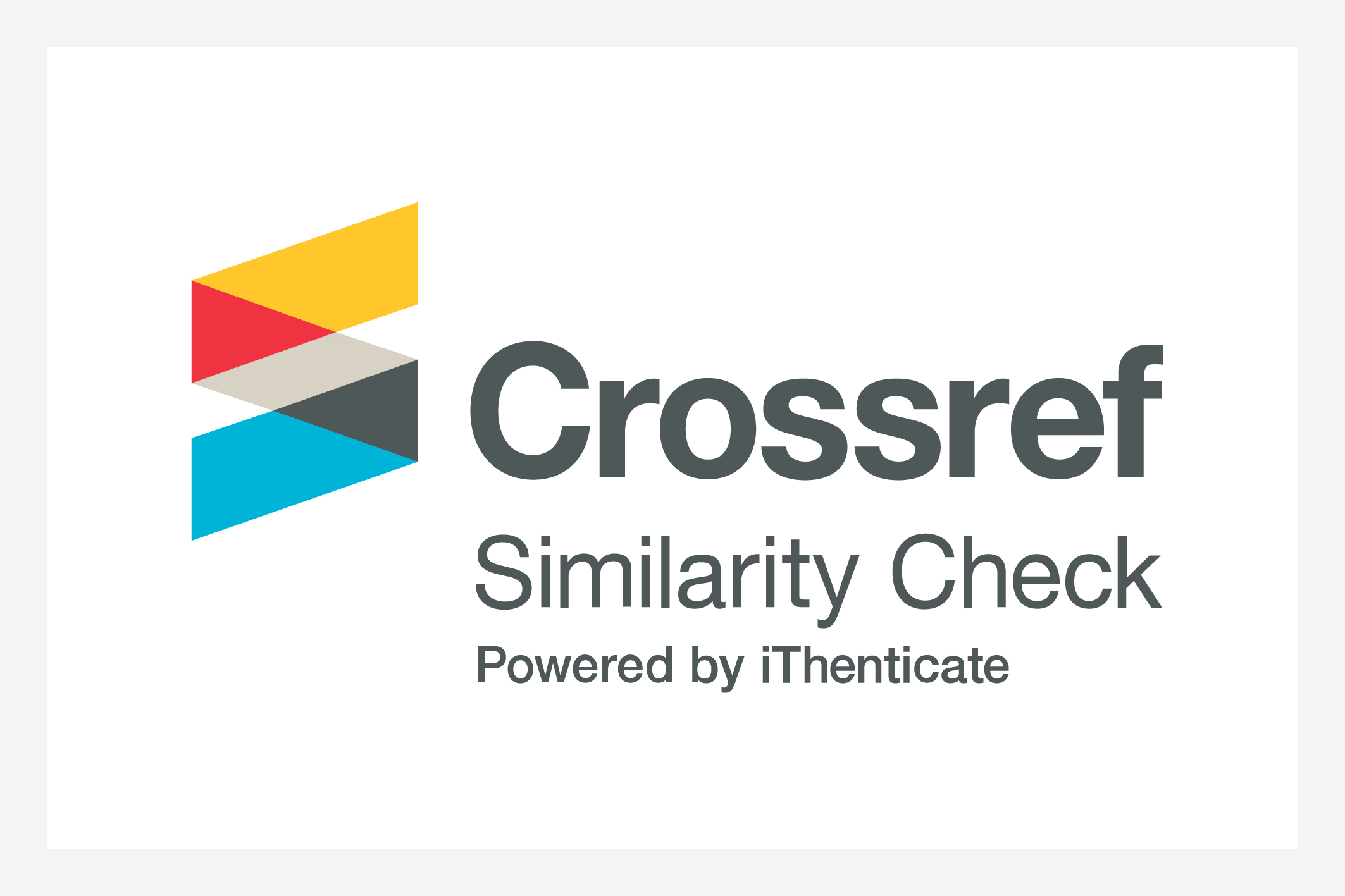
Tonal Minimal Pairs in Xitsonga: A Study of Nouns and Verbs
Issue: Vol.6 No.12 Article 1 pp. 2889 – 2900
DOI: https://doi.org/10.38159/ehass.20256121 | Published online 11th November, 2025
© 2025 The Author(s). This is an open access article under the CCBY license (http://creativecommons.org/licenses/by/4.0/).
This study examined the role of tone in Xitsonga minimal pairs, focusing on nouns and verbs. Using a descriptive qualitative approach, it applied a desktop research method to analyse data from secondary sources such as published literature, dictionaries, grammar books and language texts. Data were purposively sampled and analysed by thematic analysis within the framework of Saussurean structural linguistics. The study identified four key patterns of tonal minimal pairs in Xitsonga. Tonal variation within nouns distinguishes meanings in words with identical segmental structures. In verbs, the tone differentiates forms and alters semantic interpretation. Pitch variation also functions as a marker between lexical categories, distinguishing nouns from verbs. Additionally, tonal minimal pairs appear in other categories, including ideophones, adverbs, and pronouns. These findings highlight the crucial role of tone in Xitsonga’s linguistic system, reinforcing its significance in lexical classification and meaning differentiation. They also enhance the knowledge of Xitsonga’s phonological system, offering insights into how tonal features can create contrasts within the language and inform future phonological and linguistic studies.
Keywords: Xitsonga, Minimal Pairs, Tone, Phonological, Nouns, Verbs, Saussurean Structural Linguistics
Ahmad, Shehu Ibrahim, Ubaidallah Muhammad Bello, and Jatau Stephen. “Meaning Generation Through Minimal Pairs Situations in Hausa and English Languages.” Journal of Language and Linguistics 8, no. 1 (2023): 213.
Ames, Heather, Claire Glenton, and Simon Lewin. “Purposive Sampling in a Qualitative Evidence Synthesis: A Worked Example from a Synthesis on Parental Perceptions of Vaccination Communication.” BMC Medical Research Methodology 19, no. 1 (2019): 26.
Arzhangi, Sonia. “Analyzing the Linguistic Perspective of Ferdinand De Saussure with the Structuralism Approach in 21st Century.”Oriental Art and Culture 5,no.3(2024):116–27.
Best, Catherine T. “The Diversity of Tone Languages and the Roles of Pitch Variation in Non-Tone Languages: Considerations for Tone Perception Research.” Frontiers in Psychology 10 (February 26, 2019). https://doi.org/10.3389/fpsyg.2019.00364.
Danesi, Marcel. “Saussure’s View of Language as a System of Arbitrary Signs.” Language & Semiotic Studies 8, no. 1 (2022).
Dawadi, Saraswati. “Thematic Analysis Approach: A Step by Step Guide for ELT Research Practitioners.” Journal of NELTA 25, no. 1–2 (December 31, 2020): 62–71. https://doi.org/10.3126/nelta.v25i1-2.49731.
Hlongwana, Colfar. “Ambiguity in XiTsonga.” University of Limpopo, 2015.
Huu, Tuong Tu, Viet Thanh Pham, Thi Thu Trang Nguyen, and Thai Lai Dao. “Mispronunciation Detection and Diagnosis Model for Tonal Language, Applied to Vietnamese.” In Proc. INTERSPEECH, 2023:1014–18, 2023.
Jones, Gail, Anita Van der Merwe, Jeannie Van der Linde, and Mia le Roux. “Development of a Setswana Tonal Minimal Pair Word List as Research Tool.” South African Journal of African Languages 38, no. 2 (2018): 127–35.
Jones, M. Gail, Ann Howe, and Melissa J. Rua. “Gender Differences in Students’ Experiences, Interests, and Attitudes toward Science and Scientists.” Science Education 84, no. 2 (March 2000): 180–92. https://doi.org/10.1002/(SICI)1098-237X(200003)84:2<180::AID-SCE3>3.0.CO;2-X.
Lambert, Vickie A, and Clinton E Lambert. “Qualitative Descriptive Research: An Acceptable Design.” Pacific Rim International Journal of Nursing Research 16, no. 4 (2012): 255–56.
Lee, Seunghun J. “Tonal Polarity and Paradigm Uniformity in the Nominal Paradigm of Xitsonga (S53).” Studies in Phonetics, Phonology and Morphology 19, no. 1 (2013): 107–23.
Lee, Seunghun J, and Clementinah Burheni. “Repair Strategies in Labial Dissimilation: Diminutive Formations in Xitsonga.” Stellenbosch Papers in Linguistics Plus 44 (2014): 89–103.
Lee, Seunghun J, and Kristina Riedel. “Recursivity and Focus in the Prosody of Xitsonga DPs.” Languages 8, no. 2 (2023): 150.
Levis, John, and Viviana Cortes. “Minimal Pairs in Spoken Corpora: Implications for Pronunciation Assessment and Teaching.” Towards Adaptive CALL: Natural Language Processing for Diagnostic Language Assessment 197208 (2008).
Liu, Liquan, Antonia Götz, Pernelle Lorette, and Michael D. Tyler. “How Tone, Intonation and Emotion Shape the Development of Infants’ Fundamental Frequency Perception.” Frontiers in Psychology 13 (June 3, 2022). https://doi.org/10.3389/fpsyg.2022.906848.
Maynes, Jeffrey, and Steven Gross. “Linguistic Intuitions.” Philosophy Compass 8, no.8(2013): 714–30.
Michaud, Alexis, and Jacqueline Vaissière. “Tone and Intonation: Introductory Notes and Practical Recommendations.” KALIPHO-Kieler Arbeiten Zur Linguistik Und Phonetik 3 (2015): 43–80.
Mohasi, Lehlohonolo, Hansjörg Mixdorff, and Thomas Niesler. “An Acoustic Analysis of Tone in Sesotho.” In ICPhS, 17:17–21, 2011.
Monich, Irina. “Morphology and Tone.” In Oxford Research Encyclopedia of Linguistics. Oxford University Press, 2020. https://doi.org/10.1093/acrefore/9780199384655.013.520.
Mutiga, Jayne. “Tone Marking in Kikamba: A Case for Improving Its Orthography,” 2008.
Myers, Scott. “Phonetics of Tone (African Languages).” In Oxford Research Encyclopedia of Linguistics, 2024.
Onuoha, Chinenye Esther, and Ebele Deborah Uba. “An Analysis of Minimal Pairs in Igbo Using a Multimodal Approach to Speech Perception.” UJAH: Unizik Journal of Arts and Humanities 25, no. 1 (June 21, 2024): 31–50. https://doi.org/10.4314/ujah.v25i1.2.
Phonphanich, Siriluck H, and Somsonge Burusphat. “The Positive and Negative Effects of Tonal L1 on the Acquisition of Tonal L2: A Case of the Standard Thai Tones and the Chinese Zhuang Learners.” LEARN Journal: Language Education and Acquisition Research Network 14, no. 2 (2021): 28–58.
Rivera-Castillo, Yolanda, and Lucy Pickering. “Phonetic Correlates of Stress and Tone in a Mixed System.” Journal of Pidgin & Creole Languages 19, no. 2 (2004).
Schaefer, Vance, and Isabelle Darcy. “Lexical Function of Pitch in the First Language Shapes Cross-Linguistic Perception of Thai Tones.” Laboratory Phonology 5, no. 4 (2014): 489–522.
Shittu, Saliu, and Anne-Michelle Tessier. “Perceptual Attrition of Lexical Tone among L1 Yorùbáspeaking Children in Canada.” In Proceedings of the BUCLD, Vol. 39, 2014.
Sugiyama, Yukiko. “Identification of Minimal Pairs of Japanese Pitch Accent in Noise-Vocoded Speech.” Frontiers in Psychology 13 (May 31, 2022). https://doi.org/10.3389/fpsyg.2022.887761.
Wahyuni, Yuli, and Thamita Islami Indraswari. “The Effectiveness of the Minimal Pairs Technique in Learning Japanese Pronunciation.” Journal of Japanese Language Education and Linguistics 6, no. 1 (February 26, 2022): PRESS. https://doi.org/10.18196/jjlel.v6i1.13879.
Xu, Yi. “Prosody, Tone, and Intonation.” In The Routledge Handbook of Phonetics, edited by W.F. Katz and P.F. Assmann. New York: Routledge, 2019.
Zhou, Feifei. “Saussure: Langue as an Autonomous System.” In Models of the Human in Twentieth-Century Linguistic Theories: System, Order, Creativity, 13–26. Springer, 2020.
Dr. Respect Mlambo holds a PhD in African Linguistics from the University of Venda and currently serves as a Senior Lecturer at the South African Centre for Digital Language Resources (SADiLaR), an initiative of the Department of Science and Innovation (DSI) hosted by North-West University. His research expertise lies in the intersection of African language preservation, general linguistics and digital humanities, with a particular focus on the creation, development, and sustainability of digital language resources. Dr. Mlambo has contributed extensively to the field, publishing numerous peer-reviewed articles in journals accredited by the Department of Higher Education and Training (DHET) in South Africa, thereby advancing scholarship on African languages in the digital era. His work not only supports linguistic documentation and resource development but also strengthens access, visibility, and technological integration of African languages in contemporary academic and societal contexts.
Mlambo, Respect.“Tonal Minimal Pairs in Xitsonga: A Study of Nouns and Verbs.” E-Journal of Humanities, Arts and Social Sciences 6, no. 12 (2025): 2889 – 2900, https://doi.org/10.38159/ehass.20256121.
© 2025 The Author(s). Published and Maintained by Noyam Journals. This is an open access article under the CCBY license (http://creativecommons.org/licenses/by/4.0/).










